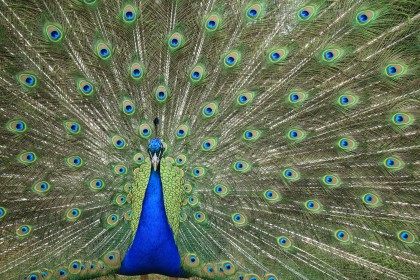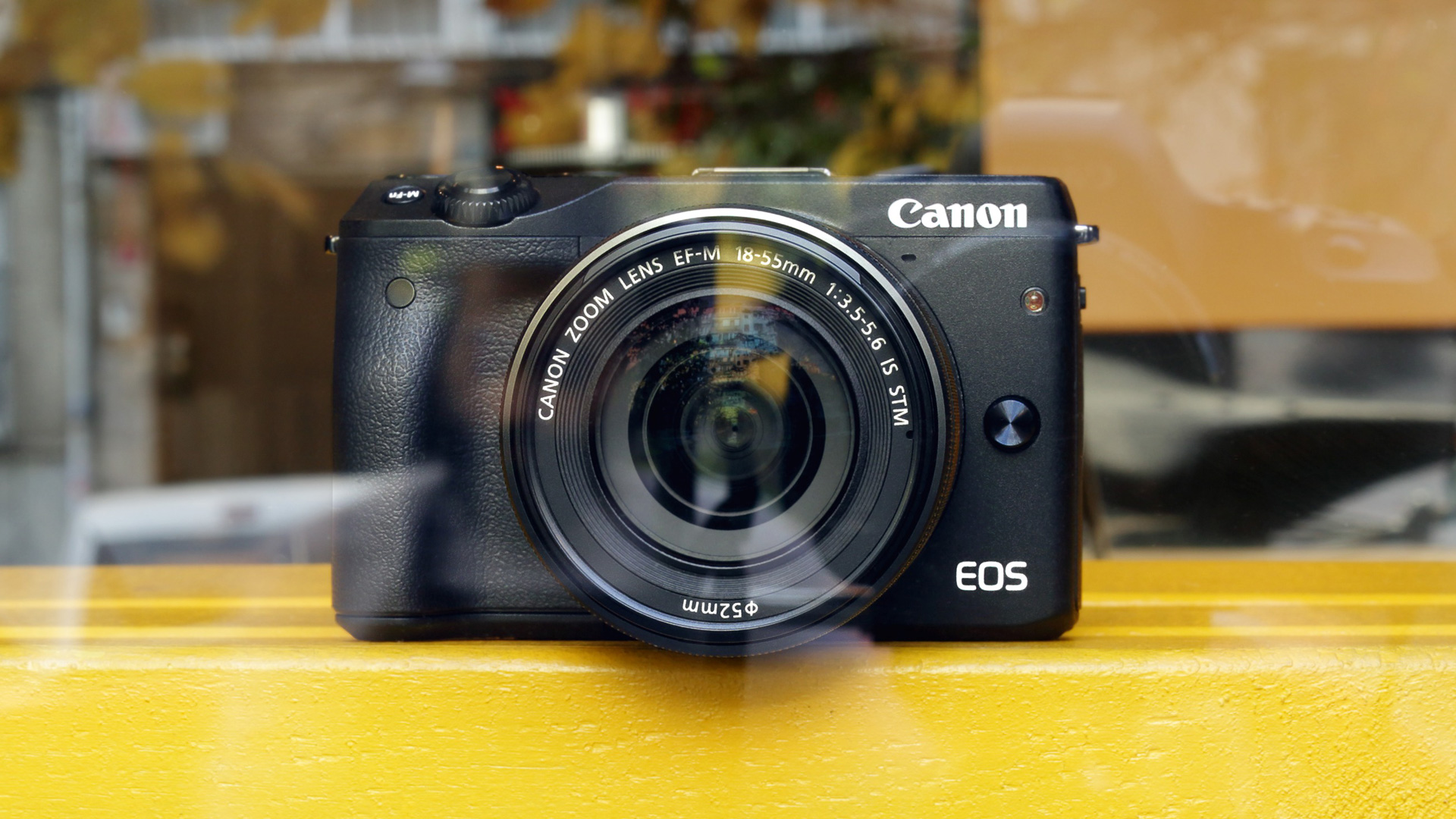Why you can trust TechRadar
While the EOS M3 is capable of capturing lots of detail, it isn't always as easy to do so as you might like. As with the original M, the problem is often down to the focusing system. In many cases it focuses the lens very quickly and accurately, but there are other times when it indicates that the subject is sharp when it clearly isn't.
There were times during this test when the active AF area was completely filled with the intended target and the box was green to indicate that the lens had been focused, but it was quite clear that the subject was out of focus and it was the background that was sharp. This didn't just happen once or twice, it was on numerous occasions and it happened when using both the 18-55mm kit lens and the 22mm lens that was supplied for this review.

Click here for a full size version.
It's particularly frustrating to have the AF system indicate that the subject is sharp when you're shooting with the camera at an awkward angle, or the subject is quite small in the frame because you often can't see that it's got it wrong until you zoom into the shot or open the image on a computer.
Even at its smallest setting, in 1-point AF mode the autofocus point is also quite large so it's not possible to isolate small subjects in the frame. I suspect that the reason for this comparatively large AF area is to increase the likelihood of a high contrast edge being present for the camera to latch on to.

Click here for a full size version.
We also found that the EF-M 18-55mm f/3.5-5.6 IS STM kit lens doesn't get the best from the sensor and if you want to capture the level of detail that we know is possible from the sensor (it's the same unit as is in the Canon 750D and Canon 760D) you need to swap to a better optic like the EF-M 22mm f2 STM .
At 100% magnification and with noise reduction set to the standard level, low to mid-sensitivity JPEG images from the M3 look a little more natural than comparable images from the Sony Alpha 6000, but there's very little in it. At higher sensitivity settings the M3's JPEGs have a some chroma (colour) noise, but there's less loss of detail than in images from the A6000. At normal view sizes, however, images look similar.

Click here for a full size version.

Click here for a full size version.
Generally, the M3 controls noise well throughout the native sensitivity setting, ISO 100-12,800, with the top value giving decent results that withstand viewing at A4 size provided you don't mind a little fine-grained noise. Happily, there's no banding, clumping or problems with colour shifts.
As usual, raw files produce the best results allowing you to find a balance between noise and detail visibility.
In other respects the M3 gives a good account of itself as it generally delivers well exposed images with good colour. The metering and white balance systems perform as we have come to expect from Canon EOS cameras. I found the automatic and Daylight white balance settings the most useful, but the Custom or Manual option comes in handy in artificial lighting if you want to produce neutral images.
